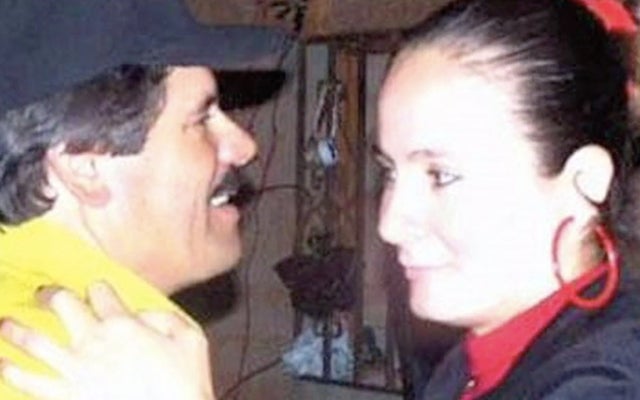Alejandrina María Salazar Hernández is widely recognized as the first wife of Joaquín “El Chapo” Guzmán, the infamous leader of Mexico’s Sinaloa Cartel. Known for keeping a low profile, she has largely stayed away from the media spotlight. However, her connections to Guzmán inevitably draw public interest. Alejandrina’s life offers a unique perspective on the personal sides of those entangled in notorious underworld activities, providing both intrigue and mystique to her story.
Early Life
Alejandrina was born on July 17, 1958, in Culiacán, Sinaloa, Mexico, an area deeply connected to narcotics trafficking in Mexico. From a young age, she pursued a career as a social worker, a path that might seem at odds with her later life associations. Her background provides a stark contrast to the life she led following her marriage to Guzmán. Understanding Salazar Hernández’s early life and professional background helps provide context to her subsequent life events.
Marriage to Joaquín “El Chapo” Guzmán
Marriage changes one’s path in significant ways, and Alejandrina’s union with Joaquín Guzmán is no different. They married in 1977 in Jesús María, Mexico, when Guzmán was not yet the world-renowned drug lord. You may wonder how Alejandrina met El Chapo, but the details remain elusive, though it is believed they ran in the same social circles in Culiacán. Their marriage lasted around 16 years and seemed challenged by Guzmán’s increasing entanglements in the drug trade, yet it was reportedly marked by loyalty and commitment from Salazar Hernández.
Family and Children
Together, Alejandrina and Joaquín had a significant family life. Reports confirm they had at least four children: César Joaquín, Iván Archivaldo, Jesús Alfredo, and Alejandrina Gisselle. The exact number is often debated, with some sources suggesting they might have had up to five children. The ambiguity around their family extends from limited public disclosures and the family’s notorious need for privacy.
Public Life
Alejandrina made concerted efforts to stay away from the public gaze, contrasting sharply with some other members of the Guzmán family who have embraced more visible roles. Her low-profile lifestyle may seem surprising, considering her husband’s status as one of the most infamous criminals. This distinct approach might stem from a desire to separate herself from her husband’s criminal endeavors or simply from a personal need for privacy.
Legal Issues and Allegations
While Alejandrina has largely kept hidden, this has not exempted her from scrutiny in legal circles. She has faced accusations related to providing material support to Guzmán’s activities and is listed in international sanction registers. These accusations underline the challenges faced by family members of individuals involved in criminal enterprises, highlighting the often-complex dynamics they navigate.
Alternate Identities and Sanctions
In an attempt to shield her personal life from the public, Alejandrina has been known by several aliases, including Alejandra Salazar Hernández and Alejandrina Salazar de Guzmán. Having various identities is typically reflective of the need for protective or strategic reasons within high-stakes contexts. These aliases have not prevented her from being named in sanction lists, impacting her freedom of movement and access to resources. Despite these challenges, she remains a complex figure whose narrative weaves through both identity and adversity.
Personal Details and Beliefs
Alejandrina has roots firmly planted in Mexican nationality and is reported to practice Christianity, reinforcing the cultural and religious backdrop that might have influenced her decisions and lifestyle. Despite her ties to a criminal leader, Salazar Hernández’s journey reflects attempts to maintain personal pursuits, such as her early career in social work, signaling a broader identity beyond her association with Guzmán.
Summary
Alejandrina María Salazar Hernández’s life is an assemblage of contrasts and intrigue, from her early days as a social worker to her role as the wife of a notorious crime lord. Living under the shadow of Guzmán’s massive media presence, she maintains a stoic silence. You could explore more about her choices and the intrigue they generate, but much remains either speculative or shrouded in deliberate obscurity. For many, her identity remains a puzzle, with details of her current role, if any, in the Sinaloa Cartel or her personal endeavors, tightly guarded. If interested in business ventures and complex personal legacies, consider visiting resources like Red Wire Business.
Conclusion
The legacy of Alejandrina María Salazar Hernández invites reflection on the personal dimensions of those entangled with infamous individuals. Whatever narratives surround her, they resonate with inquiries into loyalty, identity, and resilience in the face of public and private scrutiny. Each chapter in her life story adds layers to the ongoing fascination and unanswered questions about her personal choices and privacy.
Also Read:


